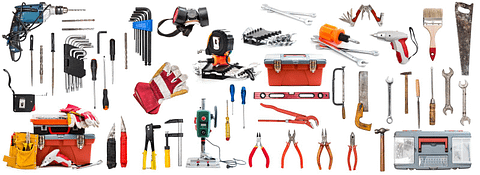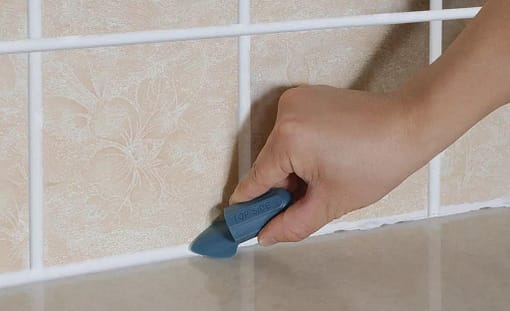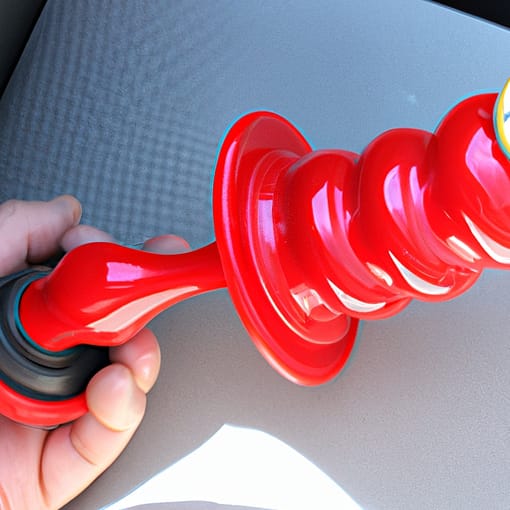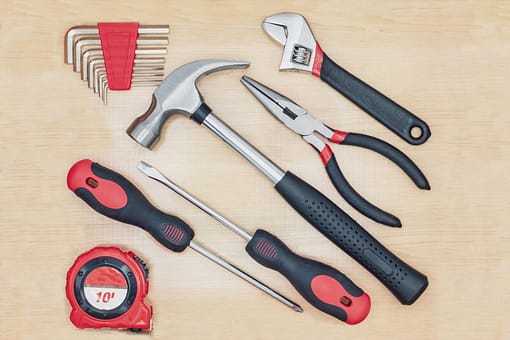When it comes to buying tools, it’s essential to know what to look for to ensure you’re getting the best quality. Whether you’re a DIY enthusiast or a professional, having the right tools is crucial for any project. But with so many options available, it can be overwhelming to make a decision. In this article, we’ll explore some key factors to consider when buying tools, helping you make an informed choice that will serve you well in the long run. So let’s get started on your journey to finding the perfect hand tools!
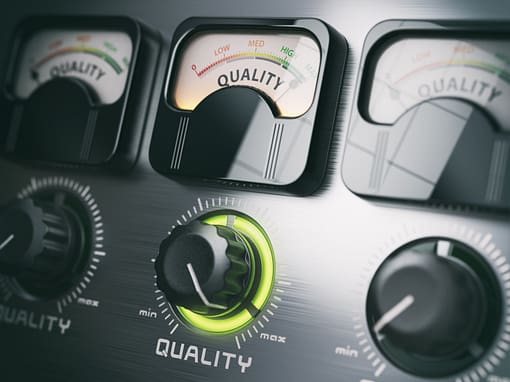
Quality
When it comes to hand tools, quality is the most important factor to consider. You want tools that are built to last and can withstand the rigors of everyday use. Durability is a key aspect of quality, and it is crucial that your tools can handle tough jobs without falling apart. Look for tools made from high-quality materials that are known for their strength and durability, such as stainless steel or carbon steel. The craftsmanship of the tools is also essential. Pay attention to the details, such as smooth edges and properly aligned components, as these are signs of superior craftsmanship.
Usage
Understanding the intended purpose and versatility of the hand tools you are considering is vital. Different types of tools serve specific functions, so it is crucial to evaluate whether the tools align with your needs. Consider the tasks you will be performing with the tools and ensure they are designed for those specific applications. Versatility is another factor to consider. Look for tools that can be used for multiple purposes, as this will save you both time and money in the long run.
Ergonomics
Comfort is key when using hand tools for extended periods of time. Tools with ergonomic designs are specifically engineered to reduce strain and fatigue on your hands and wrists. They feature handles that fit comfortably in your hands, reducing the risk of developing hand cramps or repetitive strain injuries. Grip is another critical aspect of ergonomics. Look for tools with non-slip handles that provide a secure grip, even in wet or oily conditions. Additionally, consider the weight of the tools. While heavier tools may offer more durability, they can also cause fatigue over time, so finding a balance that works for you is important.
Size
The size of hand tools can greatly impact their usability and portability. If you plan on using your tools in tight spaces or for intricate tasks, compact and smaller tools may be more suitable. On the other hand, if you will primarily be using your tools for larger projects, bigger tools may provide more power and efficiency. Portability is another consideration. If you will be carrying your tools around frequently, look for lightweight options that won’t be a burden to transport. However, keep in mind that smaller tools may sacrifice some power and functionality compared to their larger counterparts. Additionally, consider the storage space required for your tools. If you have limited storage capacity, compact tools that can be easily stored in a toolbox or a drawer may be ideal.
Price
Price is always a factor to consider when buying hand tools, but it should never be the sole determining factor. While it is important to stick to your budget, purchasing tools solely based on their low price may lead to poor quality and increased expenses in the long run. Look for tools that offer value for money, considering both the quality and features they provide. It is better to invest in high-quality tools that may be slightly more expensive initially, as they are likely to last longer and require fewer replacements or repairs.
Brand Reputation
Brand reputation is worth considering when purchasing hand tools. Established brands with a long history of producing quality tools are often a safe choice. These brands have built their reputation over time by consistently delivering reliable and durable products. Consider researching the brand’s reputation, reading customer reviews, and looking for any awards or certifications the brand may have received. Additionally, check if the brand offers a warranty for their tools, as this is a sign of their confidence in the product’s quality.
Reviews
Reading both customer feedback and expert opinions is a valuable way to gauge the quality and performance of hand tools. Customer reviews provide insights into real-life experiences with the tools, highlighting their strengths and weaknesses. Look for patterns in positive and negative reviews to get a sense of the tool’s overall performance. Expert opinions, such as those from professional tradespeople or tool experts, can provide a more in-depth analysis of the tools’ features, performance, and durability. Consider both customer reviews and expert opinions to make an informed decision.
Safety Features
When using hand tools, safety should always be a top priority. Look for tools with effective guarding mechanisms that prevent accidental injuries. Guards should be properly designed and securely attached to the tools, providing protection without hindering their functionality. Locking mechanisms are also important as they ensure the tools stay in place during use, minimizing the risk of accidents. Always prioritize tools that prioritize safety to prevent unnecessary injuries.
Accessories
Considering the included items and compatibility of hand tools is important. Some tools come with additional accessories, such as carrying cases, spare parts, or additional attachments. These extras can add value to your purchase and enhance the overall usability of the tools. Additionally, check the compatibility of the tools with other accessories or attachments you may already own or may need in the future. Having tools that are compatible with a range of accessories can increase their versatility and extend their capabilities.
Maintenance
Maintaining your hand tools is crucial to ensure their longevity and optimal performance. Cleaning your tools regularly helps prevent rust and corrosion, extending their lifespan. Look for tools that are easy to clean, such as those with smooth surfaces and minimal crevices where dirt can accumulate. Sharpening is another aspect of maintenance to consider, especially for cutting tools like knives or saws. Tools that offer easy sharpening options, such as replaceable blades or sharpening guides, can save you time and effort. Additionally, look for hand tools that have readily available replacement parts, as this ensures that you can easily repair or replace any components that may wear out over time.
In Conclusion
When looking for the best hand tools, consider the quality, usage, ergonomics, size, price, brand reputation, reviews, safety features, accessories, and maintenance. By evaluating these aspects, you can ensure that you are making informed and wise choices when purchasing hand tools that meet your needs and provide long-lasting value. Remember, investing in high-quality tools will ultimately save you time, money, and frustration in the long run. Choose wisely and enjoy the reliability and efficiency that the best hand tools can offer!


